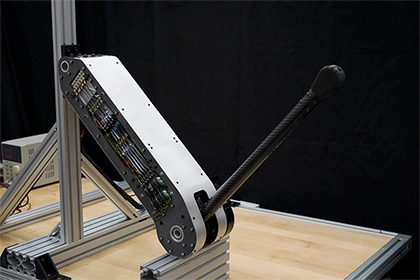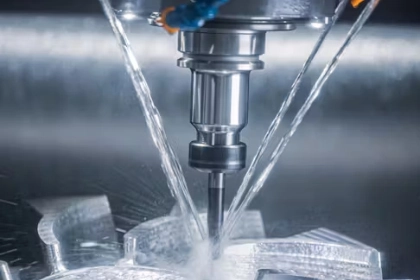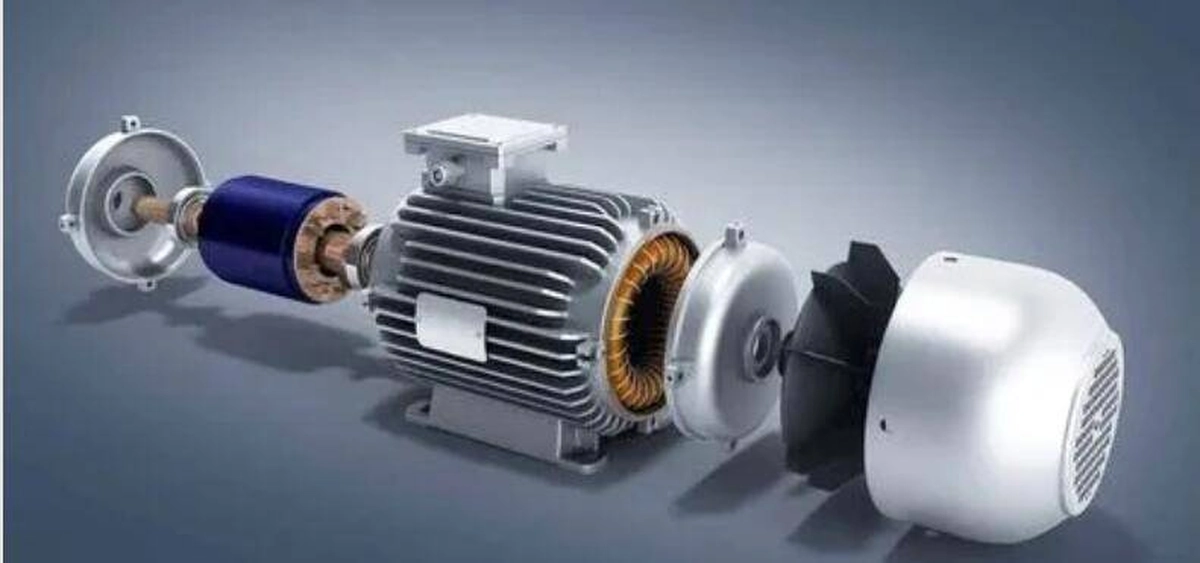- +86 19149417743
- Zhengzhou, Henan Province, China
- Mon-fri: 8am - 7pm
Get a quote

Servo motors are increasingly used in automation equipment and control systems. However, the problem of servo motor burnout also occurs from time to time. Servo motor burnout is usually due to failure or damage caused by a variety of reasons. Understanding these reasons and taking appropriate preventive measures is crucial to ensure the normal operation of the equipment
The main reasons for servo motor burnout include overload, overcurrent, short circuit, overheating, and design or manufacturing defects. Overloading means that the load on the motor exceeds its rated capacity, causing the motor to overheat, winding damage or insulation failure. Overcurrent faults are usually related to motor drives or servo control systems. Excessive current passing through the motor may cause internal components to overheat and burn out. The short circuit problem may be caused by a short circuit in the coil in the motor winding, resulting in an abnormal increase in current. In addition, long-term high-load operation or high ambient temperature may also cause the motor to overheat and burn. Design or manufacturing defects, unreasonable design or material problems may also make the motor susceptible to damage or burning during use.
In order to prevent the servo motor from burning out, a series of measures can be taken. First, ensure that the motor is correctly selected to meet actual load requirements and avoid overload operation. Secondly, regularly inspect and maintain the motor driver, control system and related cables to ensure their normal operation and prevent over-current faults. At the same time, strengthen the heat dissipation design of the motor and maintain a good ventilation environment to reduce the risk of burning due to overheating. In addition, regularly check the insulation material and coil condition of the motor to prevent short circuit problems. Finally, use reliable quality motor brands and models, and ensure that the motors comply with relevant standards and specifications during the design and manufacturing process to reduce the risk of burnout caused by design or manufacturing defects.
The prevention of servo motor burnout requires many aspects, including correct selection, regular inspection and maintenance, enhanced heat dissipation design, prevention of short circuit problems, and selection of motor brands and models with reliable quality. By taking these precautions, you can reduce the risk of servo motor burnout and ensure the normal operation of the equipment and the stability of production.
In addition, for servo motors that have been burned out, they should be stopped immediately to check and find out the specific reasons. If the specific cause cannot be determined, it is recommended to contact the manufacturer or relevant technical support team for further troubleshooting and solution provision. At the same time, damaged motors should be replaced in time to avoid production losses caused by long-term equipment downtime.
In short, understanding the reasons for servo motor burnout and taking corresponding preventive measures is the key to ensuring the normal operation of the equipment. Through the comprehensive application of measures such as reasonable selection, regular inspection and maintenance, strengthening heat dissipation design, preventing short circuit problems, and selecting reliable quality motor brands and models, the risk of servo motor burnout can be effectively reduced and ensure the stable operation of automation equipment and control systems. Provide strong protection.
 2024-08-30 16:01:40
Engineering
2024-08-30 16:01:40
Engineering
 2024-07-26 14:09:13
Engineering
2024-07-26 14:09:13
Engineering
 2024-07-18 09:42:00
Engineering
2024-07-18 09:42:00
Engineering